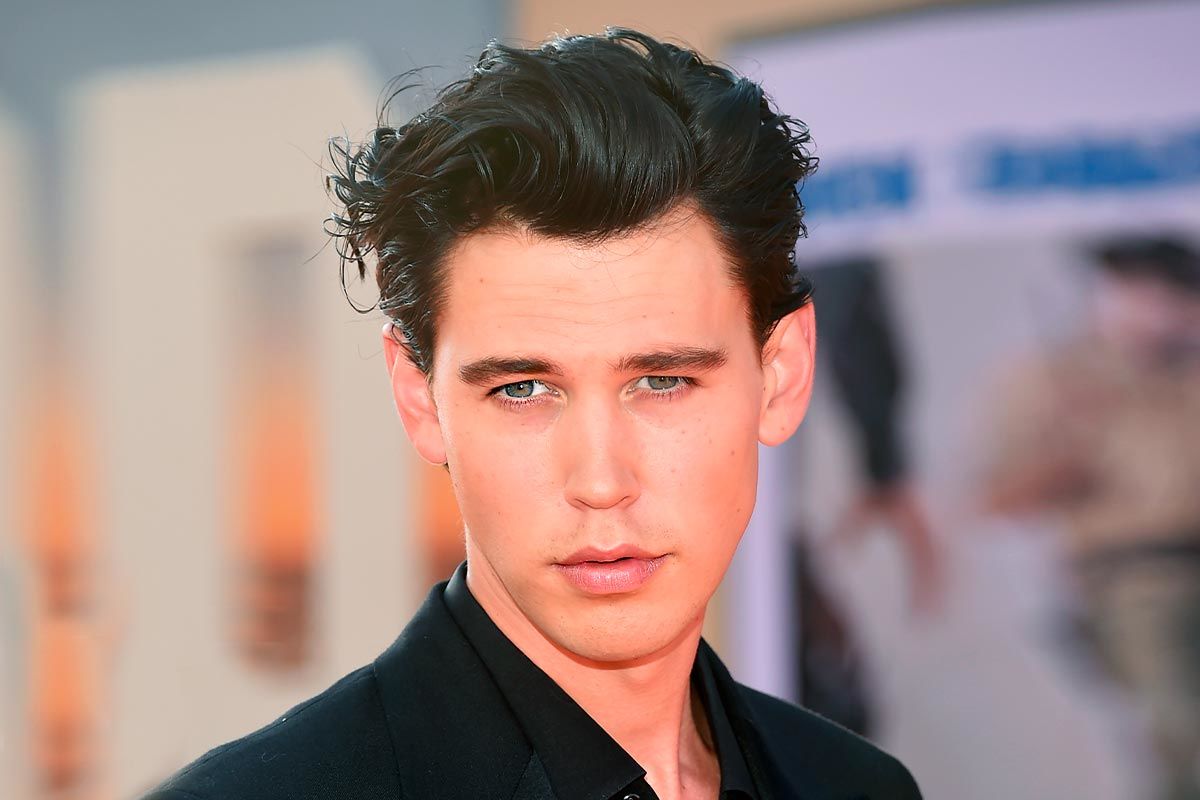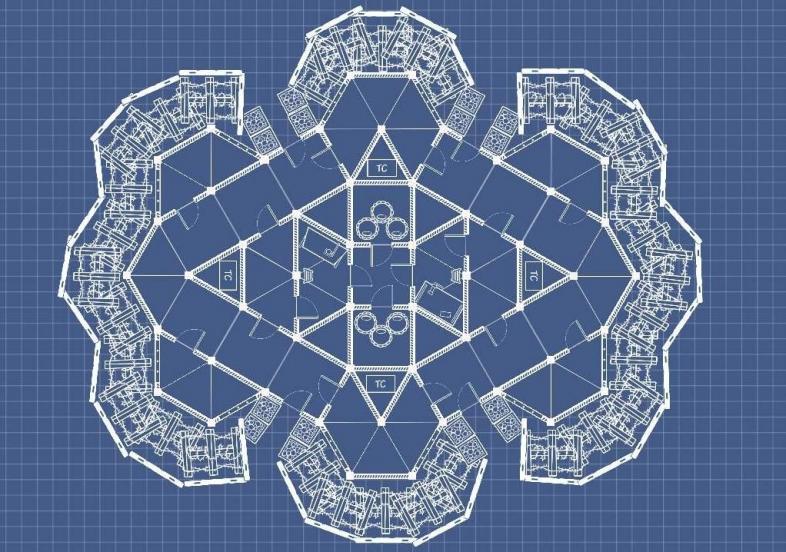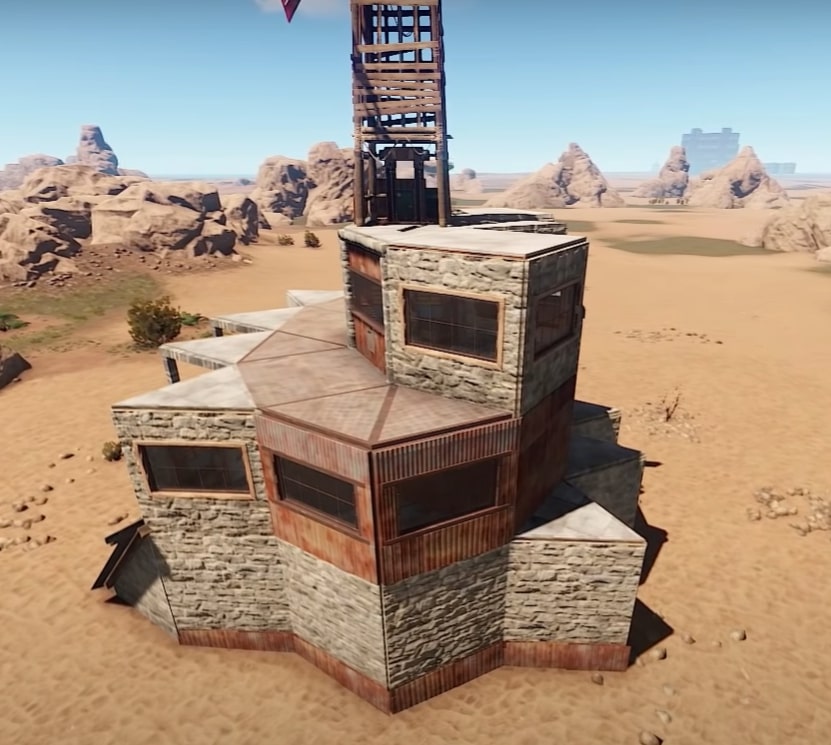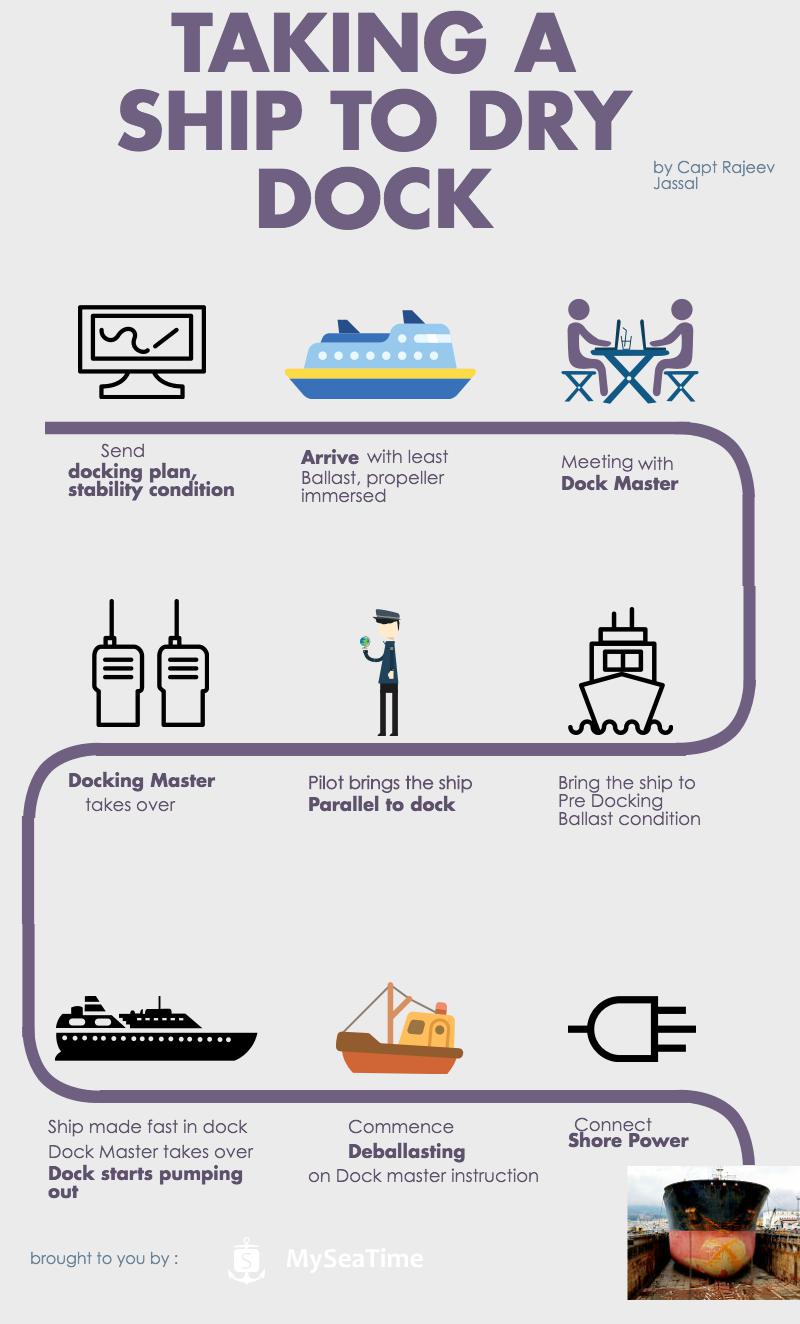Table Of Content

This grooming technique can change the way your hair looks. If you want to keep your straight-across bangs, take the time to style them as described above. Over time your hair will adapt to this new placement and require less and less effort. Longer hair can suit every person when cut with their unique features in mind. As previously mentioned, it can also reduce the prominence of cowlicks.
Keep The Cowlick Wet
Have you ever had your hair split down the middle while you were trying to comb it straight back? Or awoken to a huge section of your hair sticking flat to your head? They stick to their own agenda, and they never seem to want to cooperate. A cowlick is a section of hair that grows in a different direction than the rest of your hair. A cowlick is most obvious when it’s along the hairline or at the front of the hair, explains Tinamarie Possidoni, owner and stylist of Tinamarie Hair. Research from 2003 suggested that right-handed people have cowlicks that are in a clockwise pattern.
How to Tame a Cowlick in Your Hair
If you love a classic cowlick hairstyle, this one should be tried by you at least once. Generally, people with curly hair do not get cowlicks as it is not very obvious. However, if there is a stray cowlick on curly hair, it is probably time for a wash. Instead of fighting with the cowlick, switch the parting. Follow the cowlick’s natural pattern to adjust your hairstyle.
Scientists believe your what play a big role in determining how many cowlicks you have and where they are on your head?
Ultimately, you want a haircut to support your lifestyle, and the time you spend styling your hair every day is a large part of that. If short hair is your jam, ask your stylist to leave enough length around your cowlick to keep things manageable. If you're short on styling time and don't want to deal with taming your cowlick(s) day in, day out, you might want to consider longer-length options. Cowlicks are natural growth patterns in the hair that cause strands to go in opposing directions. This can lead to them laying flat on our heads, sticking straight up, or controlling the flow of our hair in an unwanted orientation. Using some products to add more movement to the look is a great way to ensure that the hair doesn’t look boring.
Parting Your Hair and Handedness - Parade Magazine
Parting Your Hair and Handedness.
Posted: Mon, 30 Mar 2015 07:00:00 GMT [source]
“When the hair is moved from one part of the head to another, it’s very challenging and often impossible to choose the direction it takes,” Norris says. If you’ve ever dealt with a stubborn section of hair that sticks out above the rest, it’s probably a cowlick. This sleek look really stands out thanks to the longer hair on top of the head, as well as the great temple fade, resulting in a striking style. Pairing a slightly longer top on this style with a skin fade and a full beard creates a perfectly balanced look.
Side-Swept Fringe
Choose a style that supports the cowlick and effectively hides it. For instance, long side-swept bangs look relaxed and support your cowlick’s natural pattern, adding movement to it. Never go for shorter bangs as it may expose the cowlick.
"My clients swear they get the best blowouts after using it." "If you can't stand your cowlicks and don't have time to tame them, longer lengths are best because the weight of long hair pulls them down, making them less obvious," says Rourk. The classic side sweep is a timeless hairstyle that works well with cowlicks in the front.
The great thing about such an impressive beard and mustache is that they can be the focal point, hiding the movement of any cluster. A handsome way to hide a cowlick always includes a heavy off center part. One side is slightly longer than the other, which nicely splits up face dimension. For a daring and adventurous look, try a mohawk with an undercut.
No matter the location of your cowlick, Rourk warns us not to go too short. "Cutting the hair short right at the cowlick will expose the cowlick even more," she explains. You can also talk to your hairstylist to come up with the best solution for taming your cowlick.
The trick is to avoid the root and go for the middle of the strand. The cowlick is that stubborn tuft of hair that stands above the rest. It rises at the swirling meeting point of different growth patterns on the head, typically at the back of the crown. Before you try flattening it with heaps of gel or a ball cap, allow us to tell you how to get rid of a cowlick. You can fix it so that it cooperates and blends with the rest of your hair, without resorting to drastic measures. Jennifer Lopez's sleek, slick back style is not just super chic.
Make sure that your hair is completely dry after the blow-dry! Rabiu credits another hot tool for its cowlick-correcting abilities. "Root tamer irons are [also] great for cowlicks," she explains. They have a higher density for heat to work through to see desired change, so those fine-tooth combs will really come in handy. Rabiu recommends the BaBylissPRO Studio Design Series Root Reacher ($110). (Concentrators are those removable nozzles that clip onto the opening of your blowdryer and help manage the direction of the airflow).
According to Tuttle, strategically applying extreme heat to the cowlick can help flatten the stubborn hair—just don't forget to apply a heat protectant first. And for best results, make sure you get the iron as close to your roots as possible. Is it just us or does it sometimes feel like hair has a mind of its own? This rings especially true when it comes to cowlicks, those stubborn parts of your hair that grow opposite to the rest of your strands.

